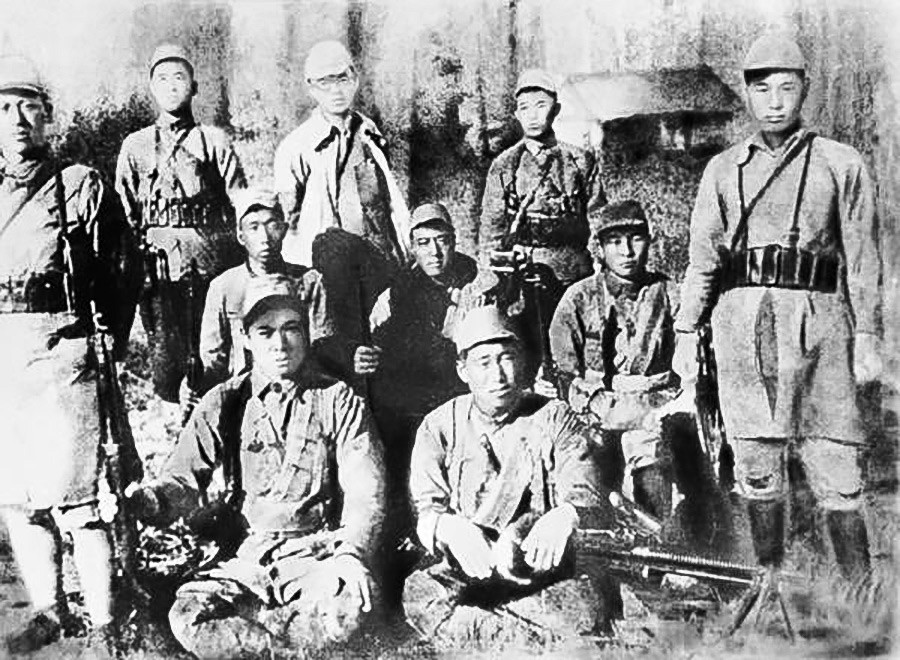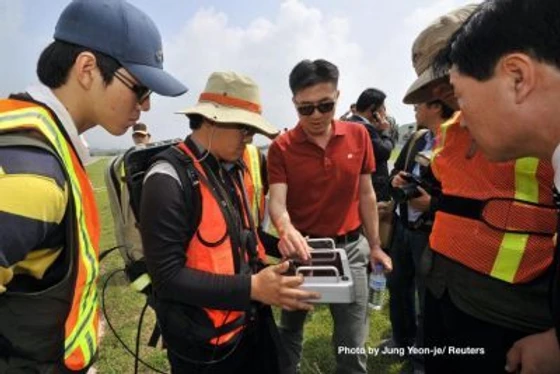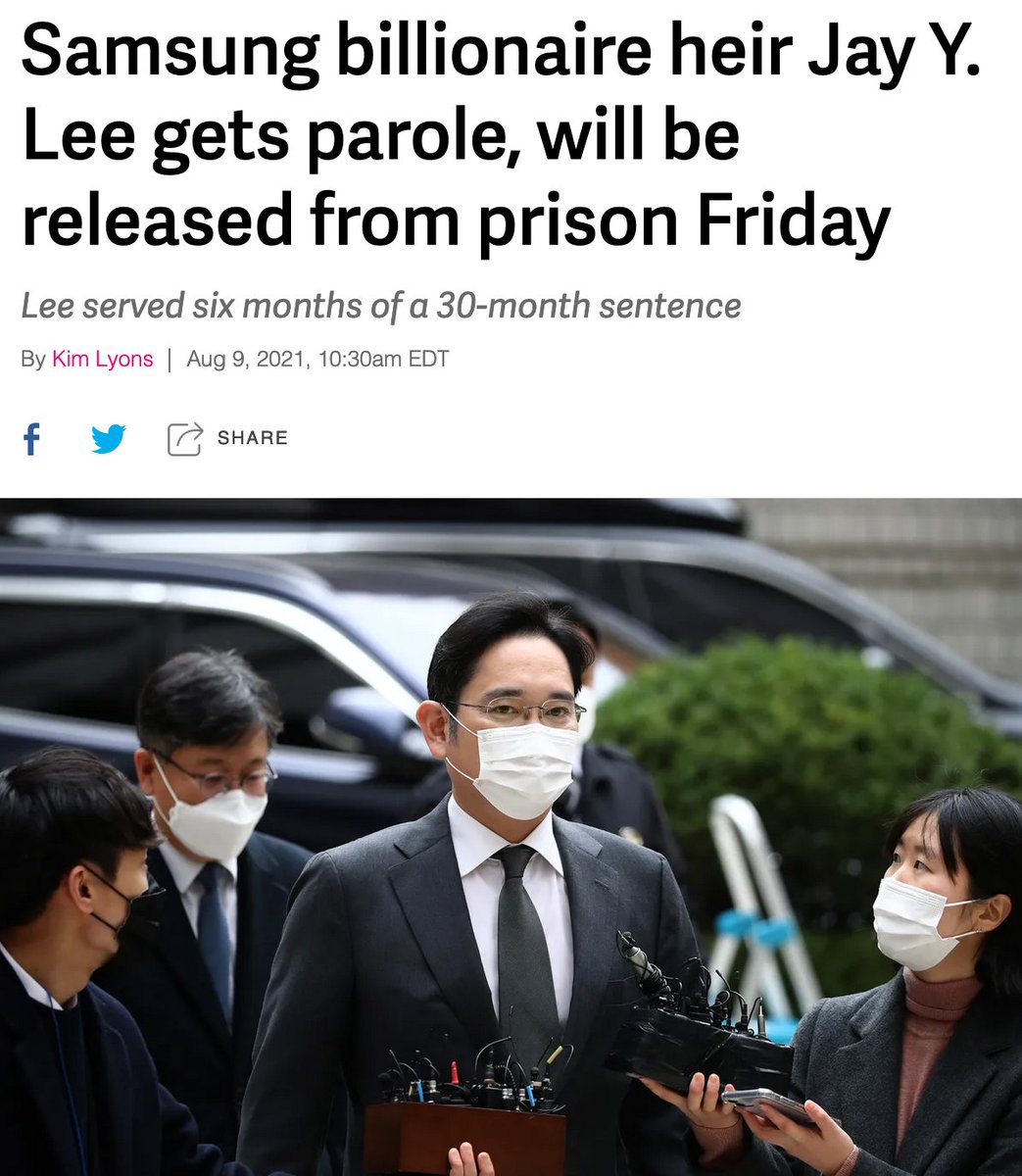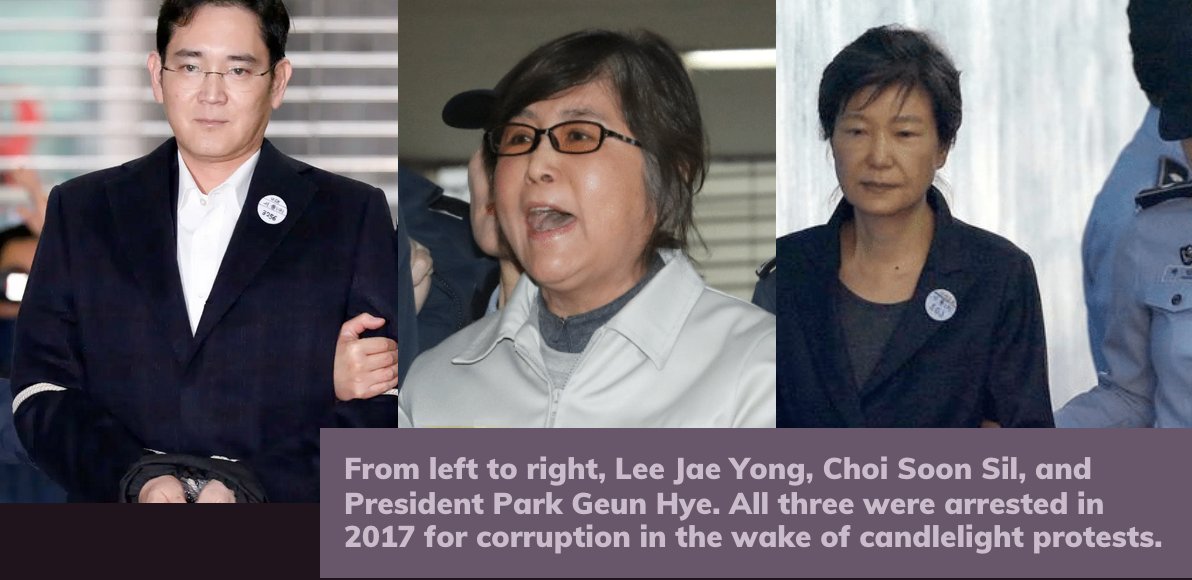
In the fall of 1946, 300,000 workers in southern Kroea joined a general strike demanding rice and workers' rights from the US military govt.
On Oct 1, 1946, police killed a striker in Daegu, sparking a rebellion that swept southern Korea. This is the story of the Autumn Uprising
On Oct 1, 1946, police killed a striker in Daegu, sparking a rebellion that swept southern Korea. This is the story of the Autumn Uprising
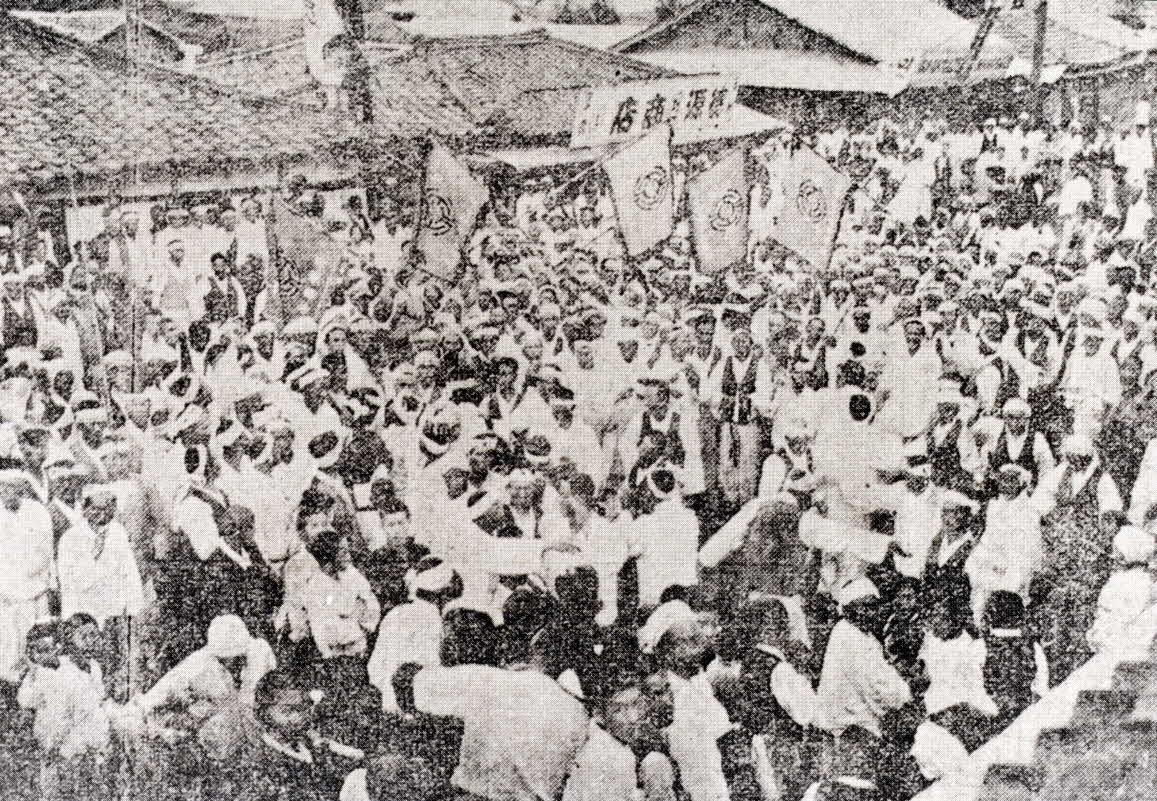
The Autumn Uprising began just one year into the US military occupation of southern Korea. The US used the Japanese coonial police to violently disband the self-governing People’s Committees. Promised decolonization, Koreans instead faced continued exploitation under the US. 

A major cause of the uprising was a US-manufactured food crisis. US free trade policies caused the price of rice to quadruple in just one year. Although peasant rents were officially capped at 1/3 of harvests, landlords sometimes collected as much 80% of harvests. 

The US also reinstated the hated Japanese rice collection system, allegedly for the purpose of fighting hunger. The US military govt ordered rice seized from peasants to go to corporate rice collection agencies. Police used this system to hoard rice for themselves, pictured below 
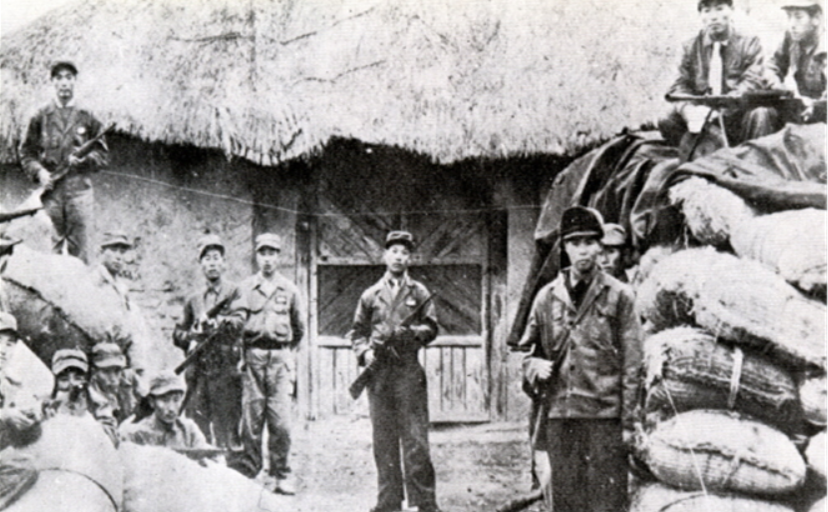
The US-manufactured food crisis provoked intense worker & peasant resistance. In Sept, the US military shut down three newspapers and arrested union and Communist Party leaders.
The Communist Party responded with even greater militancy—just weeks later, the general strike began
The Communist Party responded with even greater militancy—just weeks later, the general strike began

On Sept 23, 8,000 rail workers in Busan went on strike for rice rations, monthly salaries, and to restore lost jobs. In just a week this transformed into a general strike of 300,000 rail and industrial workers. US military declared the strike illegal. 

On Oct 1, 300 rail workers in Daegu joined the strike to demand increased rice rations. Police killed a striker.
The next day, mourners carried the martyr's body through Daegu. They attacked the central police station and then took control of the city. The uprising had begun.
The next day, mourners carried the martyr's body through Daegu. They attacked the central police station and then took control of the city. The uprising had begun.

With the city under their control, the people redistributed rice from the police and pro-Japanese collaborators, mostly landlords and the bourgeoisie. The following is a quote from an eyewitness to these events. 

On average, the people found 143 gallons of rice in each Daegu policeman's home. That's about 72 grocery-store sized bags of rice. By Oct 6, 38 policemen had been killed.
The US declared martial law and sent in tanks. Hundreds were killed and thousands arrested in the crackdown.
The US declared martial law and sent in tanks. Hundreds were killed and thousands arrested in the crackdown.

After Daegu, uprisings swept across the south. 2.3 million people, mostly peasants, rebelled in 40 counties, attacking police stations, govt offices, landlords, and rice collection agencies.
The US mobilized soldiers, police, and fascist vigilantes to suppress the uprisings. By winter, they killed 1,000 people and arrested 30,000 more. 200 police died in the uprisings.
Pictured: US soldiers oversee Korean police making mass arrests in Daegu
Pictured: US soldiers oversee Korean police making mass arrests in Daegu

The US military's oppression of the Korean people provoked the Autumn Uprising. The US and ROK blamed the rebellions on North Korean and even Soviet infiltrators. In reality, they were organized by local people through peasant and trade unions and the People's Committees.
Like many anticommunist atrocities, the uprisings were erased from public memory for almost 60 years. The families of those arrested or killed faced social discrimination and lifelong police harassment. english.hani.co.kr/arti/english_e…
We must continue to tell the stories of US-ROK atrocities to break the culture of silence that protects US imperialism and neocolonialism from scrutiny.
Sources:
"US Policy in Korea 1945-1948, A Neo-colonial Model Takes Shape," Mark J. Scher. Paper.
"Colonial Legacies and the Struggle for Social Membership in a National Community: The 1946 People’s Uprisings in Korea," Jin-Yeong Kang. Paper.
"US Policy in Korea 1945-1948, A Neo-colonial Model Takes Shape," Mark J. Scher. Paper.
"Colonial Legacies and the Struggle for Social Membership in a National Community: The 1946 People’s Uprisings in Korea," Jin-Yeong Kang. Paper.
Peasant Protest and Social Change in Colonial Korea, Gi-Wook Shin. Book.
Korea's Grievous War, Sukyoung Hwang. Book.
Korea's Grievous War, Sukyoung Hwang. Book.
• • •
Missing some Tweet in this thread? You can try to
force a refresh



